When puppies play with each other, they use their mouths. Therefore, puppies usually want to bite or “mouth” hands, feet, shoes, etc. during play or when being petted. As you work with this normal puppy behavior, your two goals should be to redirect your puppy to use acceptable chew toys and to teach her to be gentler with her mouth.
Why you should allow some biting (at first)
Your puppy needs to learn that human skin is fragile and can’t be treated as roughly as a fur coat. Let your puppy bite you now and again so you can let her know which bites are too hard. Otherwise she won’t learn to inhibit her bite. If she is ever startled and bites on instinct, she may cause serious injury.
Rule of thumb: From 6-18 weeks of age, allow your puppy to bite when playing as long as it is not too hard.
Teaching your puppy to bite softly.
- Hard bites result in a time-out. Stop play, and leave your puppy alone or put her in a time-out area for about one minute.
- Each week ask your puppy to bite a little softer by timing her out for her hardest bites.
- Don’t phase out play biting all together until your puppy is reliably biting softly. Then you can re-direct her to toys or time her out for all bites.
Rate how hard your puppy bites:
1 – You can feel it, but barely.
2 – There’s some pressure, but you barely flinch.
3 – Wow, those little teeth are sharp, but it’s tolerable. 4 – Ok, that hurts a bit. It might even leave a mark.
5 – Ouch!! That hurts and your hand is now bleeding.
For one week, your puppy gets a time out if she gives you a level 5 bite. The next week, time out anything that is a 4 or above. Continue this process until your puppy consistently delivers only level 1 bites.
Encourage Acceptable Behavior
Redirect your puppy’s chewing onto acceptable objects by offering her a small puppy-safe chew bone or other type of chew toy whenever you pet her. This technique can be especially effective when children want to pet her. As you or the child reach out to scratch her behind the ears with one hand, offer the chew bone with the other. This will help your puppy learn that people and petting are wonderful and will keep her mouth busy while she’s being petted. Alternate which hand does the petting and which one has the chew bone. At first, you may need to pet or scratch your puppy for short periods of time, since the longer she’s petted, the more likely she is to get excited and start to nip.
Discourage Unacceptable Behavior
You must also teach your puppy to be gentle with hands, and that nipping results in unpleasant consequences for her. Teach your puppy that nipping “turns off” any attention and social interaction with you. After a nip, yell “OUCH” as though you’ve been wounded, then ignore her until she’s calm. Then offer the chew bone and petting method again. It may take many repetitions for her to understand what’s expected. These methods will be more effective if you teach your puppy the right behavior by offering her an acceptable chew toy.
Jumping Up
When your puppy jumps up on you, she wants attention and we often give it – even if it is in the form of shouting or pushing with your arms in an attempt to get her paws off you. Instead:
- Fold your arms in front of you, turn away at a 45 degree angle and freeze. Don’t look at your puppy or speak to her. Pretend she is invisible.
- Wait calmly and quietly until all of her feet are on the ground, then calmly and quietly praise her and give her a treat. If she knows “sit”, you can ask for that and give her attention while she’s sitting.
- If she starts to jump up as you begin to praise her, simply repeat the process. Remember to keep your praise low- key.
Once your puppy realizes that she gets no attention while she’s jumping up, but does get attention when she sits, she’ll stop jumping up. Remember, once you’ve taught her to come and sit quietly for attention, you must reward her behavior. Don’t ignore her when she comes and sits politely in front of you, as she’ll revert to jumping up again to try to get your attention.
What Not To Do
Attempts to tap or hold your puppy’s mouth closed for nipping or squeezing her paws when jumping mostly backfire:
- She could become “hand-shy” and cringe or cower whenever a hand comes toward her.
- She could become afraid of you and refuse to come to you or approach you at all.
- She could respond in a defensive manner and attempt to bite you to defend herself.
- She could interpret a mild slap or grab as an invitation to play, causing her to become more excited and even more likely to nip and jump.
Be Consistent
It’s important that all behaviors, acceptable and unacceptable, be managed consistently by all family members. And remember that any method you try will probably not be effective unless you work hard to teach your puppy an acceptable alternative behavior.
Children and Puppies
A child’s first reaction to being nipped or mouthed by a puppy is to push the puppy away with their hands and arms, or run and/ or squeal and make noise. This will be interpreted by the puppy as play and will probably cause the puppy to escalate and nip and mouth even more. Dogs should never be left alone with children and parents should monitor closely all interactions between their children and dogs. Ask us for more information about children and dogs!



